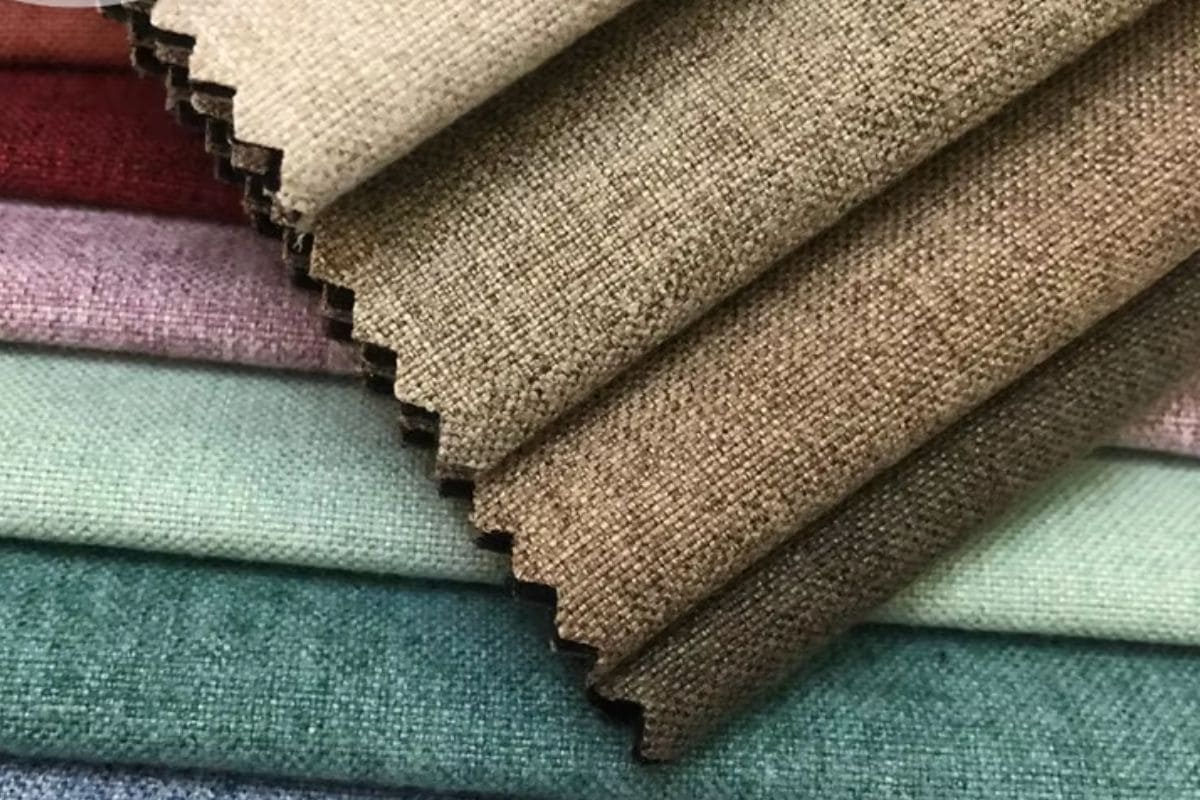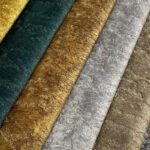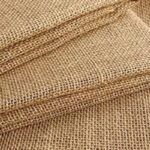Introduction to Linen
Linen is a textile created by weaving threads obtained from the flax plant. Linen is one of the oldest types of fabrics in the world and today modern industries still regard it as a valued item because of its eco-friendliness, breathability, comfort, and strength. As sustainable fashion grows in demand, the applications of linen have drastically heightened, especially in India where modern and traditional uses both flourish.
Linen Properties
Linen’s unique properties make it a highly desirable fabric across industries. Here’s a quick overview:
| Property | Description |
|---|---|
| Breathability | Allows air to pass through, keeping the body cool |
| Moisture-wicking | Absorbs moisture without feeling damp |
| Hypoallergenic | Ideal for sensitive skin |
| Biodegradable | 100% natural and eco-friendly |
| Durable | Stronger than cotton; becomes softer with each wash |
| Thermoregulating | Keeps cool in summer and warm in winter |
| Lightweight | Perfect for summer clothing and home furnishing |
The above linen properties make it a top choice for clothing, upholstery, and even medical use.
Uses of Linen

The range of linen applications is vast and stretches over different fields. Listed below are some of the primary uses of linen.
- Apparel
Loose fitting men’s and women’s linen shirts, trousers, and dresses are quite popular because of their chic style and comfortable fit. The fabric is very suitable for hot weather due to its natural texture and breathability.
- Home Furnishing
The use of Linen Products like bed sheets, curtains, pillow covers and other upholstery is very common. Its resistance to dust makes it an ideal choice for a clean environment.
- Industrial Applications
The durability of linen is useful in fabricating ropes, canvases and industrial filters.
- Medical Textiles
Due to its hypoallergenicity and ability to absorb moisture, linen can be used in wound dressings and surgical bandages.
- Luxury Products
Linen is often immensely valued by high-end fashion brands and home decor designers because it’s sustainable and sophisticated which makes it appealing to them.
Linen in India: Market and Position
In recent years, India has linen textiles. Though traditionally not a producer of flax, India imports considerable quantities of linen yarn and fabric. India’s linen industry is flourishing due to the:
- Increased awareness towards sustainable fashion
- High demand for lightweight garments during the summer season
- Growing middle class and premium segment population
Position of Linen in India Market:
India is one of the fastest-growing consumers and processors of linen, with metro cities like Mumbai, Delhi, and Bangalore providing high market potential for linen sales.
Conclusion
The sophistication of linen extends beyond its feel; it creates an impression of an eco-friendly lifestyle blended with comfort and class. India especially benefits from linen due to its hot weather alongside fashion industry trends as it continues to hold dominion in fabric markets globally.
Frequently Asked Questions (FAQs)
1. What Items Can Linen Be Used For?
Linen can be found in garments, household textiles, industrial goods, and medical goods as it is eco-friendly, strong, and breathable.
2. What are the key properties of linen?
Linen fabric is extremely absorbent, hypoallergenic, and can withstand high demand which makes it thermoregulating and durable.
3. Is linen popular in India?
Linen has been embracing newfound recognition in India, particularly in the clothing and furniture industries, because of its easy to wear and weather appropriate qualities.
4. Why choose linen over cotton?
Unlike cotton, linen becomes softer with each wash without losing its durability, and more importantly, it’s equally gentle on the skin, stronger, and breathable.
5. Is linen environmentally friendly?
Indeed, linen is an environmentally friendly fabric as it is derived from flax which uses significantly less water than cotton and has a low requirements for pesticides.



